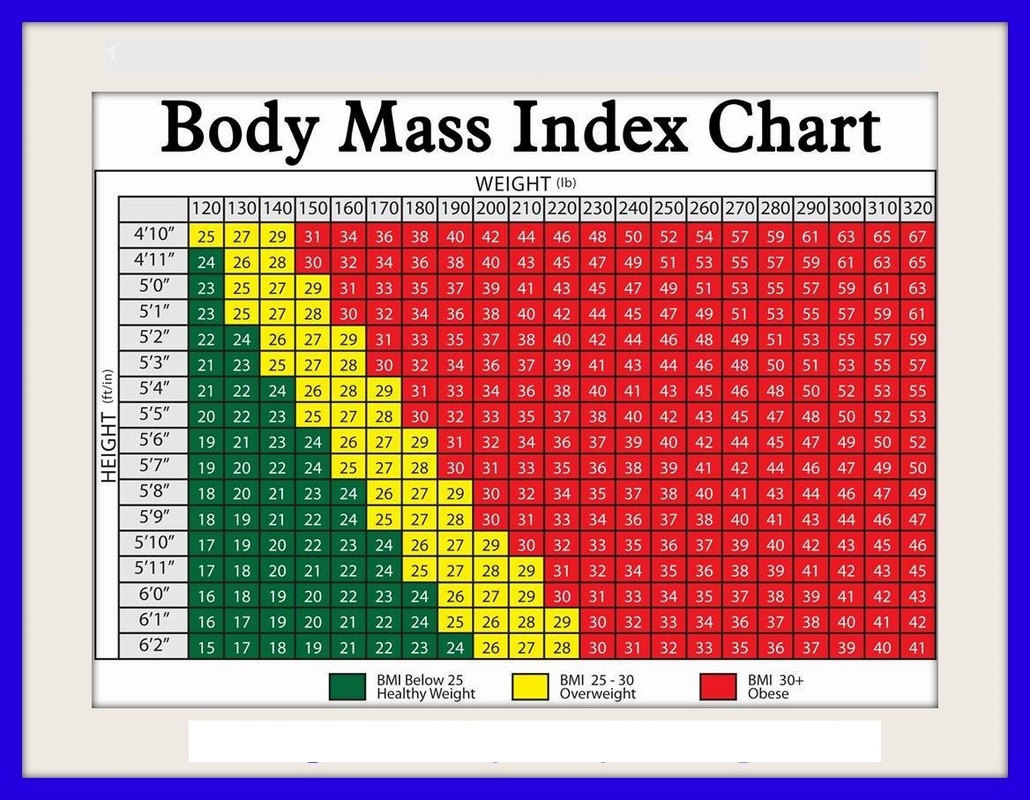
What Factors Falsely Affect Your BMI and Scale Reading? Ignore the BMI lies and take a different approach to determining your body-fat percentage than your less-fit friends. And that’s why I personally don’t worry about my BMI.” Athletes, bodybuilders and those who strength-train regularly often have higher BMIs. It may sound high, but since I work out regularly, I have a lot of muscle on my body. “In fact, many of my private weight-loss clients are shocked when they hear my weight. “I am on the higher end of the BMI scale,” she says. That certainly holds true for Stephanie Mansour, a certified personal trainer, yoga and Pilates instructor, and women’s weight-loss coach. As you advance in your training and gain more lean muscle mass, the spikes in your weight and BMI are signs of progress - not reasons to lose motivation. Quevedo says to look at it this way: If you weigh an equal volume of fat and muscle, you’d be surprised that the muscle weighs almost twice as much as the fat. “Both weight and BMI never take into account body composition, often making an active woman seem overweight - but an active woman has more muscle and less body fat than a sedentary woman.”īecause muscle is denser than fat, it takes up less space on your frame. “Tracking weight and BMI are not great tools to measure progress because as body composition changes, the scale may not,” explains Dave Quevedo, a NASM-certified personal trainer in Hoboken, New Jersey. According to the American College of Cardiology, researchers presented their findings, which showed that individuals with a normal BMI can still have a high body-fat content, increasing their risk for cardiovascular disease and other health-related problems. On the flip side, research shows that BMI also can be a false indicator of health in other ways. But anyone who’s seen “Arnie” at his best knows that he was all lean muscle, not fat. In his prime, Arnold Schwarzenegger had a whopping BMI of 30.2 - “obese” according to the calculation. “It’s a very poor model for active people,” she says. Anything below 18.5 is considered “underweight,” 18.5 to 24.9 is “normal,” 25 to 30 is “overweight,” and 30.1 or more falls into one of three obesity categories.īut as Nancy Clark, MS, RD, FACSM, a Boston-based sports nutritionist and author of Nancy Clark’s Sports Nutrition Guidebook(Human Kinetics, 2013), points out, the BMI doesn’t distinguish between fat and muscle, and it only gives you an indication of how heavy you are overall.


The BMI formula - a simple calculation based on your height and weight - has been around since the mid-1800s, but only in the last few decades has it gained popularity among doctors as a way to estimate a healthy bodyweight and mortality risks.

What gives? BMI Is Not a Body-Fat Calculator But the scale hasn’t budged and your body mass index, or BMI, suddenly places you in the overweight category. Your jeans are looser than ever, you’re hearing compliments about your buff arms and you’re seeing muscles in new places.
Body mass index calculator for weightlifter full#
Get full access to Outside Learn, our online education hub featuring in-depth fitness and nutrition courses and more than 2,000 instructional videos when you


 0 kommentar(er)
0 kommentar(er)
